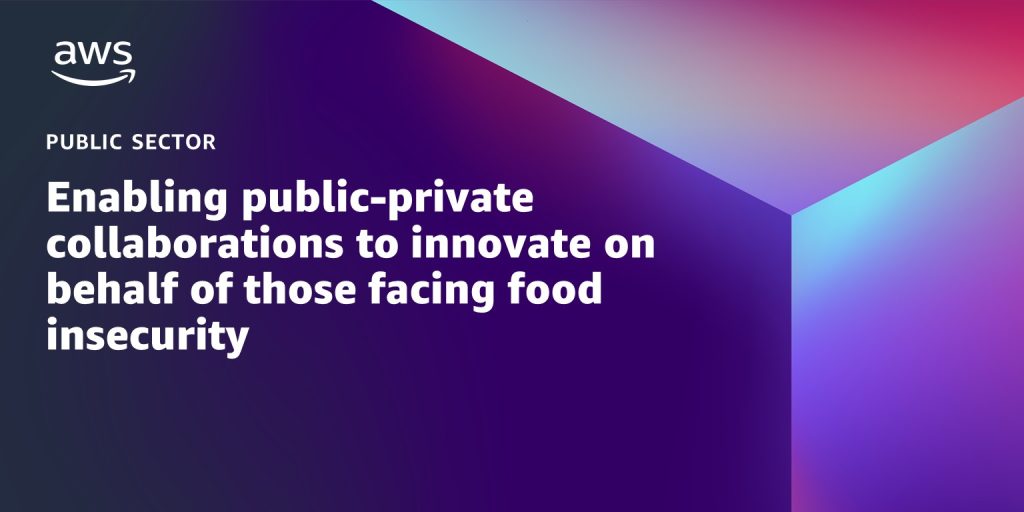AWS Public Sector Blog
Category: Government
Introducing the Government Lens for the AWS Well-Architected Framework
AWS announced the launch of a Government Lens for the AWS Well-Architected Framework. The Government Lens is a collection of customer-proven design principles, scenarios, and technology agnostic best practices designed to encourage the unique context and requirements of governments globally to be considered when designing, building, and operating government workloads on AWS.
Implement a secure, serverless GraphQL architecture in AWS GovCloud (US) to optimize API flexibility and efficiency
GraphQL is a query language and server-side runtime system for application programming interfaces (APIs) that prioritizes giving clients exactly the information they request and no more. GraphQL can help public sector customers focus on their data and provide ways to explore the data in their APIs. Learn a reference architecture using serverless technologies that you can use to build GraphQL-enabled solutions in the AWS GovCloud (US) Regions to unify data access in real-time and simplify operations.
Creating agentless outbound campaigns to support Medicaid unwinding efforts
With state Medicaid agencies (SMAs) contacting all their members, contact centers must scale to meet increased demand—however, staffing shortages can make this outreach and call support difficult. SMAs can support staff members and make sure members get their communications needs met by using AWS and cloud technology to introduce automation into their outreach process. Learn how to deploy a serverless outbound campaign to meet Medicaid unwinding outreach needs and support agency staff members by streamlining the outreach process.
4 steps to launching a successful data literacy program for public sector employees
Public sector agencies today require digital skills to deliver the functions citizens expect, and the innovations necessary to speed up processes and address gaps and inequity. However, digital transformation can only be achieved when workers have the data literacy skills to read, interpret, communicate, and reason with this data. Coursera, an AWS Training Partner, hosts their global online learning platform in AWS Cloud. Coursera has created a four-step framework for successfully building and managing a data literacy program. Learn how your organization can adopt this framework to empower your workforce to harness data more effectively.
Transforming pension fund management with the cloud
What if there was a transformative solution for managing pension funds? AWS offers personalized investment solutions for investment firms using cutting-edge machine learning (ML) technologies. By utilizing cloud-based services, pension managers can harness advanced data analytics, gaining valuable insights that inform investment strategies. This empowers leaders to make well-informed decisions that align with the needs of stakeholders.
Scaling intelligent document processing workflows with AWS AI services
As the daily volumes of document submissions increases for government organizations, intelligent document processing (IDP) solution architectures must absorb spikes in requests without creating delays or other impact for the users. In cases where the processing volume exceeds the limits of the resources available in an AWS Region, organizations can distribute the workloads across multiple regions to increase the document processing throughput. This post presents high-level architecture guidance built around Amazon Comprehend to create a distributed document processing workload that can overcome the challenges of unpredictable request patterns.
Extracting, analyzing, and interpreting information from Medicaid forms with AWS
What if paper forms could be processed at the same speed as digital forms? What if their contents could be automatically entered in the same database as the digital forms? Medicaid agencies could analyze data in near real time and drive actionable insights on a single dashboard. By using artificial intelligence (AI) and machine learning (ML) services from AWS, Medicaid agencies can create this streamlined solution. In this walkthrough, learn how to extract, analyze, and interpret relevant information from paper-based Medicaid claims forms.
AWS launches $20 million K12 cyber grant program, joins White House to address cybersecurity for K12 education
AWS joins the White House, Department of Homeland Security, Department of Education, and other leaders in government, industry, and the education community to improve the cybersecurity resilience of K12 education communities. As part of our support, AWS is bolstering our longstanding collaboration with K12 education communities, state departments of education, teaching and learning companies, and EdTechs through key commitments, including $20 million for a K12 Cyber Grant Program available to all K12 school districts and state departments of education.
How one council used machine learning to cut translation costs by 99.96%
Swindon Borough Council serves a multicultural community of 230,000 citizens in the south of England. We continuously review emerging and evolving technologies, seeking to leverage them to reimagine and improve services, lower costs, and enhance efficiency. The success of a recent translation project that harnesses the power of artificial intelligence (AI) and cloud services is a prime example of this.
Enabling public-private collaborations to innovate on behalf of those facing food insecurity
Reducing food insecurity and increasing access to healthy foods is a major priority for state and federal agencies. Accelerating this work requires action and collaboration from state and local governments, the private sector, and more. AWS, Amazon Access, and state and local agencies are teaming up to rethink how to make eating healthy simple, nutritious, and cost-effective.









